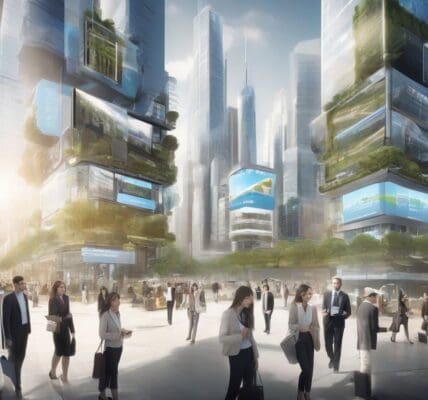As sustainability continues to shape the food retail industry, CO2 (R-744) refrigeration systems have gained significant traction due to their low global-warming potential (GWP), energy efficiency, and reliability. These attributes make CO2 systems an increasingly appealing choice for retailers aiming to meet their environmental goals. However, many end users and service technicians lack familiarity with R-744’s distinct performance characteristics and system architectures, potentially hampering its adoption.
Recent developments in CO2 control technologies promise to bridge this knowledge gap. By integrating various component control points into a cohesive, communicating controls ecosystem, these advancements streamline the startup, management, and optimization of CO2 booster systems. Such connected ecosystems enhance operational efficiency while empowering technicians to implement crucial system adjustments as needed.
Understanding CO2 Refrigeration
CO2 refrigeration systems operate using carbon dioxide as the refrigerant, which has a significantly lower GWP compared to traditional refrigerants. This leads to reduced overall environmental impact, aligning with the growing emphasis on sustainability in retail. In a sector increasingly scrutinized for its carbon footprint, CO2 refrigeration stands out as a proactive step in addressing climate change while maintaining effective refrigeration solutions.
Despite its advantages, the shift to CO2 systems is not without challenges. The R-744 refrigerant has different thermodynamic properties and behaviors compared to more commonly used refrigerants, necessitating a learning curve for operators and technicians. For example, CO2 systems typically operate at higher pressures and have unique phases during expansion and condensation that require specialized knowledge to manage effectively.
Integrated Control Technologies: The Game Changer
The introduction of integrated control technologies marks a significant evolution in how CO2 systems are managed. These technologies facilitate a seamless connection among various components within the refrigeration system, creating a centralized platform for monitoring and control. This integrated approach brings several benefits:
1. Simplified Startup and Management: Traditionally, starting up a CO2 system involved a complex interplay of various parameters and controls. With the new integrated systems, startups can be automated, significantly reducing the time and expertise required. For instance, new algorithms can evaluate system readiness and adjust parameters instantly to optimize performance.
2. Enhanced Monitoring and Diagnosis: Integrated control systems allow for real-time monitoring of the entire refrigeration process. Stakeholders can receive immediate alerts when performance deviates from set standards, enabling quicker diagnosis and resolution of potential issues. For example, if a particular sensor indicates that the pressure is out of range, the system can notify technicians automatically, allowing for timely intervention.
3. Increased Efficiency and Reliability: By continuously monitoring and optimizing energy use across all components, these integrated systems can significantly enhance operational efficiency. They can adjust energy consumption based on store traffic or varying cooling demands throughout the day. For instance, during slower periods, the system can reduce cooling intensity, resulting in cost savings on electricity.
Case Study: Success in Food Retail
One notable example of effective CO2 refrigeration management comes from a large grocery chain that transitioned to an integrated CO2 system. Following their switch, they experienced a 15% reduction in energy costs, attributed primarily to real-time adjustments facilitated by their new control ecosystem. The company also reported fewer service calls, as the self-diagnosing controls provided technicians with necessary data, reducing downtime and improving the overall reliability of the refrigeration system.
Technician Empowerment: Importantly, while the integrated systems automate routine operations, they also empower technicians to make critical adjustments manually when necessary. This balance between automation and manual control is vital. It ensures that technicians can respond to unique operational demands, maintaining system reliability even in unforeseen circumstances.
Conclusion
The integration of advanced control technologies in CO2 refrigeration offers food retailers a comprehensive solution to enhance both sustainability and operational efficiency. As the industry continues to evolve, the ability to simplify refrigeration management through connected ecosystems provides a competitive edge, ensuring compliance with environmental standards while fostering a knowledgeable workforce.
Food retailers looking to implement or upgrade their CO2 systems should consider these integrated technologies not only for their immediate benefits but also for their long-term sustainability contributions. As the complexity of refrigeration management decreases, the clarity of operational benefits becomes ever more apparent.












